Books
‘Happy Birthday to Me’ Novelization Review – A Horrific Slice of Bloody Birthday Fun

The slasher first established itself as the dominant art form of 1980s horror by capitalizing on the calendar. Arguably beginning with Black Christmas (1974) and Halloween (1978), the formula began to solidify by setting brutal killing sprees on the dates of beloved holidays. With the subsequent success of Friday the 13th (1980), directors clamored to claim their own occasion and create a defining slasher film with a series of themed kills highlighting seasonal iconography. It was a win-win for both filmmakers and audiences–an annually rewatchable horror film allowing genre fans to eschew saccharine traditions and celebrate in style.
Lee Thompson’s Happy Birthday to Me (1981) features a slightly more nebulous occasion–after all, every day of the year is someone’s birthday. Rejecting the concept’s seasonality, Thompson and screenwriters John C.W. Saxton, Peter Jobin, and Timothy Bond patterned the mysterious killer’s actions around the idea of a grisly birthday party. The film follows Virginia (Melissa Sue Anderson) and her classmates at an elite New England boarding school. Though it never attained the ubiquitous status of the aforementioned classics, Happy Birthday to Me is a cult favorite–a festive whodunnit nearly bursting at the seams with red herrings and creative kills.
Partnering with Stop the Killer, author Armando Muñoz brings back another beloved piece of the slasher’s golden age: the novelization. Before the days of streaming and VOD, these paper retellings allowed us to experience our favorite horror films in the seemingly interminable stretch of time before they hit video stores. Following the success of last year’s Silent Night, Deadly Night, his new novelization Happy Birthday to Me and its accompanying game, is a grisly page-turner perfect for any season. With his trademark sickness, Muñoz indulges in the macabre and amplifies the story with more kills, more sex, and more murderous scandal than any slasher fan could wish for.
Virginia is a popular senior at Crawford Academy and a member of the school’s academic Top Ten. This bizarre club of high-performing nepo-babies treats the tiny town as a playground and indulges in their every whim and expensive desire. One particularly egregious game involves jumping their lavish cars and motorcycles over an opening drawbridge, betting on who can make the most death-defying leap. Virginia abhors this dangerous game and has decided she doesn’t want a celebration for her upcoming 18th birthday. But someone else has other ideas. The aptly named Cake Cutter begins stalking her friends and murdering them one by one in hopes of creating a sinister birthday soirée. As Virginia reckons with her rapidly dwindling friend group, darker memories emerge. A horrific accident and resulting head injury may hold the key to the birthday girl’s strange–and possibly dangerous–behavior.
!['Happy Birthday to Me' Remains One of the Best and Weirdest '80s Slashers [Young Blood]](https://cdn.statically.io/img/i0.wp.com/bloody-disgusting.com/wp-content/uploads/2022/01/Happy-Birthday-to-Me-2.jpg?resize=740%2C416&ssl=1)
Muñoz faithfully recreates this outlandish story, beginning with a slobbery dog fake-out and Bernadette’s harrowing death at the hands of a gloved stranger. We then meet the rest of the Top Ten at a local bar (inexplicably serving high school students along with belligerent conventioneers), followed by the infamous game of drawbridge chicken that nearly totals an expensive Firebird. Each scene is faithfully recreated with exciting divergences and salacious details thrown in along the way. Muñoz expands upon the bodies, dismemberment, and violence in almost gleeful descriptions of splattering gore.
Thompson’s film culminates in the birthday party from hell, with decaying corpses staged around a gruesome cake, but Muñoz dives head-first into this upsetting tableau. We meet the so-called Cake Cutter after the first kill and follow them as they delight in staging this grisly party scene. Each subsequent murder provides more disgusting details as the secretive killer poses and “feeds” each ruined body with crumbling slices of a rotting cake. This pastry motif pairs well with the companion game from Stop the Killer. The object is to draw hexagonal cards and “bake a cake” by matching the edges to create a blood-spattered formation before drawing all six “kill cards” depicting illustrations of each iconic murders.
One of the more comical elements of the 1981 film is the use of generic music to avoid copyright issues. Virginia relaxes in her bedroom to music akin to what one might hear in a hip elevator and the kids later dance to anonymous approximations of timely pop hits. While no one would begrudge Thompson for spending his budget on special effects, this music has developed its own notoriety. With none of the same concerns, Muñoz seems to indulge in name-dropping. Virginia is a fan of Blondie and covets a red velvet hat worn by Debbie Harry while performing “Heart of Glass.” Weight lifting enthusiast Greg is obsessed with bodybuilding icons and remembers meeting both Franco Columbu and Arnold Schwarzenegger. More central to the plot, Alfred hopes to be the next Tom Savini and spares no expense creating his own gruesome gore effects–a detail that makes the film’s Mission Impossible-esque twist feel more believable.
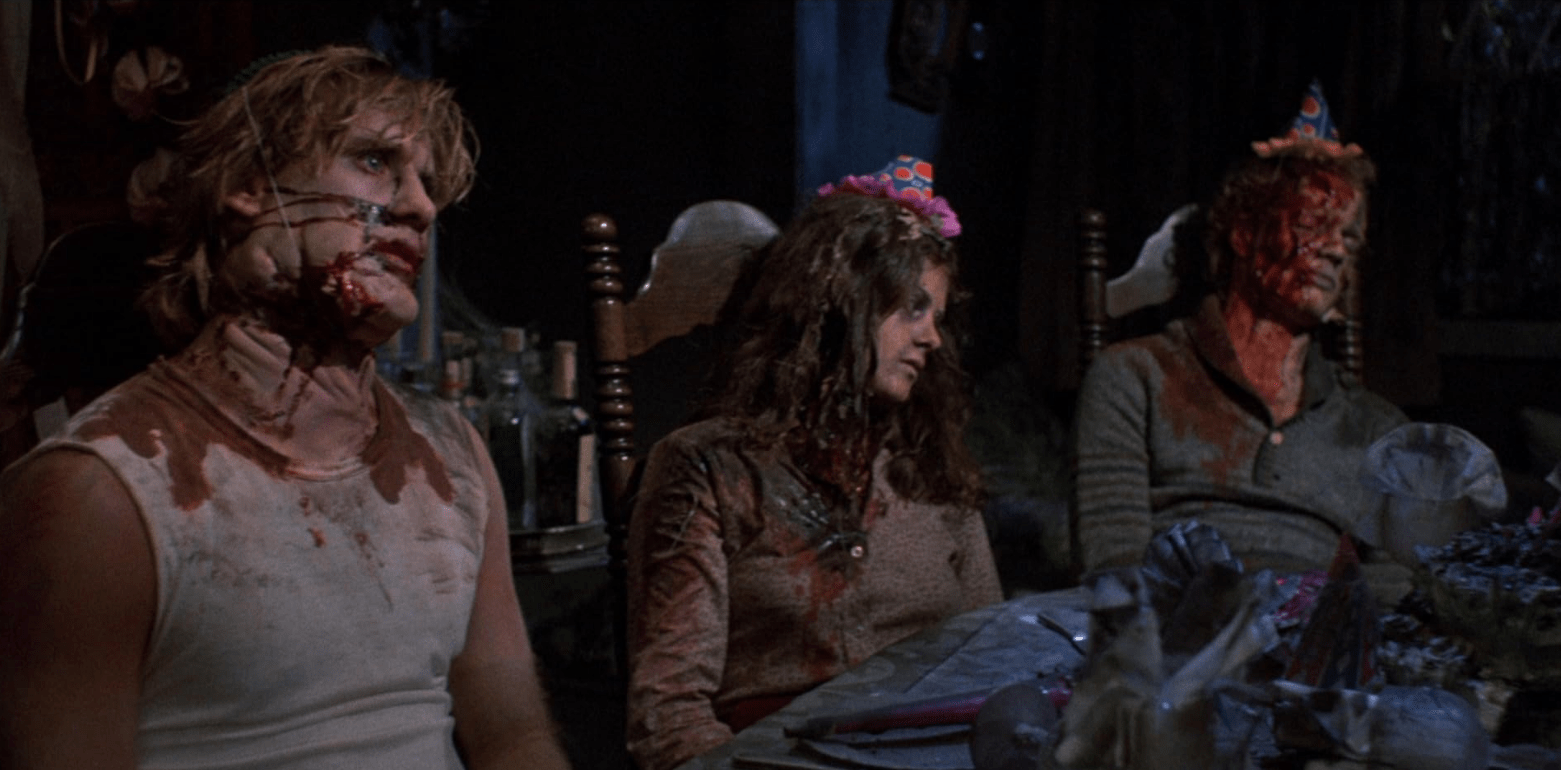
Muñoz adds additional elements to the story including a peak into the lives of each doomed student. Amelia is mourning the disappearance of her older sister, a devastating detail that adds humanity to this series of ominous disappearances. Etienne is still an underwear-stealing creep, but we learn of a previous flirtation with a woman he thinks is Virginia, offering an explanation for why he feels entitled to come on so strong. We also get to “see” these deaths in their totality, without the need to cut away from the action. Each kill splatters onto the page with over-the-top violence and gleefully gruesome descriptions of dismemberment and mutilation. Muñoz also gives us the deaths of the remaining Top Ten instead of just those who happened to fall under the killer’s knife. No one who interacts with the infamous Cake Cutter is safe, and the story’s print version racks up a significantly larger pile of bodies.
Amidst all the birthday gore, there are a few sour notes and missed opportunities. We learn about the doctor’s predilection for electricity and that he died trying to copulate with one of his own machines, but Muñoz stops short of giving us any of these salacious details. Similarly, he hints at skeletons in Dr. Faraday’s own closet, but shies away from expanding on what they are. With hints of pedophilia, it’s perhaps for the best that we don’t dig too deeply into this strange arrangement, but it does feel like an unusual choice to withhold a potentially horrific backstory. Instead, we get more details about Mrs. Patterson, the school’s nagging headmistress. Unfortunately, this bit of gruesome indulgence veers into distasteful territory. Culminating in an animal death, the addition feels both unnecessary and garish, standing out as unfairly cruel amidst other thrilling tangents and over the top violence.
But Muñoz doesn’t linger on this upsetting detail and hurtles towards the film’s exciting conclusion. The Cake Cutter goes into murderous overdrive and begins racking up victims at an alarming rate. The shocking twist recreates the ending originally envisioned by Saxton, Jobin, and Bond while adding a chilling backstory for the surprising killer. Though still ridiculous, Muñoz amps up the bizarre factor with an anthropomorphized animal and a surprise party filled with birthday balloons, pitchers of gore, and gift-wrapped heads. The bodies squelch and rot as killer and victim tangle with each other in a deadly party game. With its series of over-the-top deaths, grisly mutilation, and a genuinely terrifying killer reveal, Muñoz’s Happy Birthday to Me is a tantalizing pile of literary gifts any horror fan would kill to open.


Books
‘Disturbing Behavior’ – Revisiting the Teen Horror Movie 26 Years Later

While Scream set off a new slasher cycle in the late 1990s, MGM delivered something different with Disturbing Behavior. A fitting choice considering the film’s themes. Ultimately, though, this ‘98 teen chiller landed a bit more in the science-fiction bin than straight, undiluted horror; one by one, a town’s troubled youths endure sinister, personality-warping makeovers to make them better fit into society. That sort of genre pitch, when coupled with up-and-coming young actors like Katie Holmes and James Marsden, should have been enough to draw in the target demo. Yet the studio and the director, David Nutter, didn’t see eye to eye on things, resulting in one of the most troubled horror productions of that decade.
Scott Rosenberg’s screenplay for Disturbing Behavior was written a few years before Scream was released, and it was nearly produced by New Line Cinema before plans changed. Luckily for Rosenberg, he was allowed to shop his work around elsewhere. Once the project was picked up by MGM, Nutter then signed on after having mainly worked in television and only having one feature to his name; he directed a good deal of episodes during the early seasons of The X-Files. That greater part of his résumé likely landed him Disturbing Behavior. After all, the producers wanted the film to be like “X-Files for teenagers.”
Despite comparisons to The Stepford Wives, this youth-oriented reimagining does not have its characters being replaced by robots. On the contrary, the pubescent prey of a Northwestern town’s nefarious scheme are simply “upgraded.” Bruce Greenwood’s creepy character, a visiting school psychologist named Dr. Caldicott, is the mastermind behind the teenagers’ tinkering. His unique process involves the “regulation of endocrinologic surges;” unlike the film, John Whitman’s tie-in novelization brings up the doctor’s scientific methodology in slightly more detail. In fact, a small but not insignificant amount of what MGM left on the cutting room floor can be found in this literary companion.
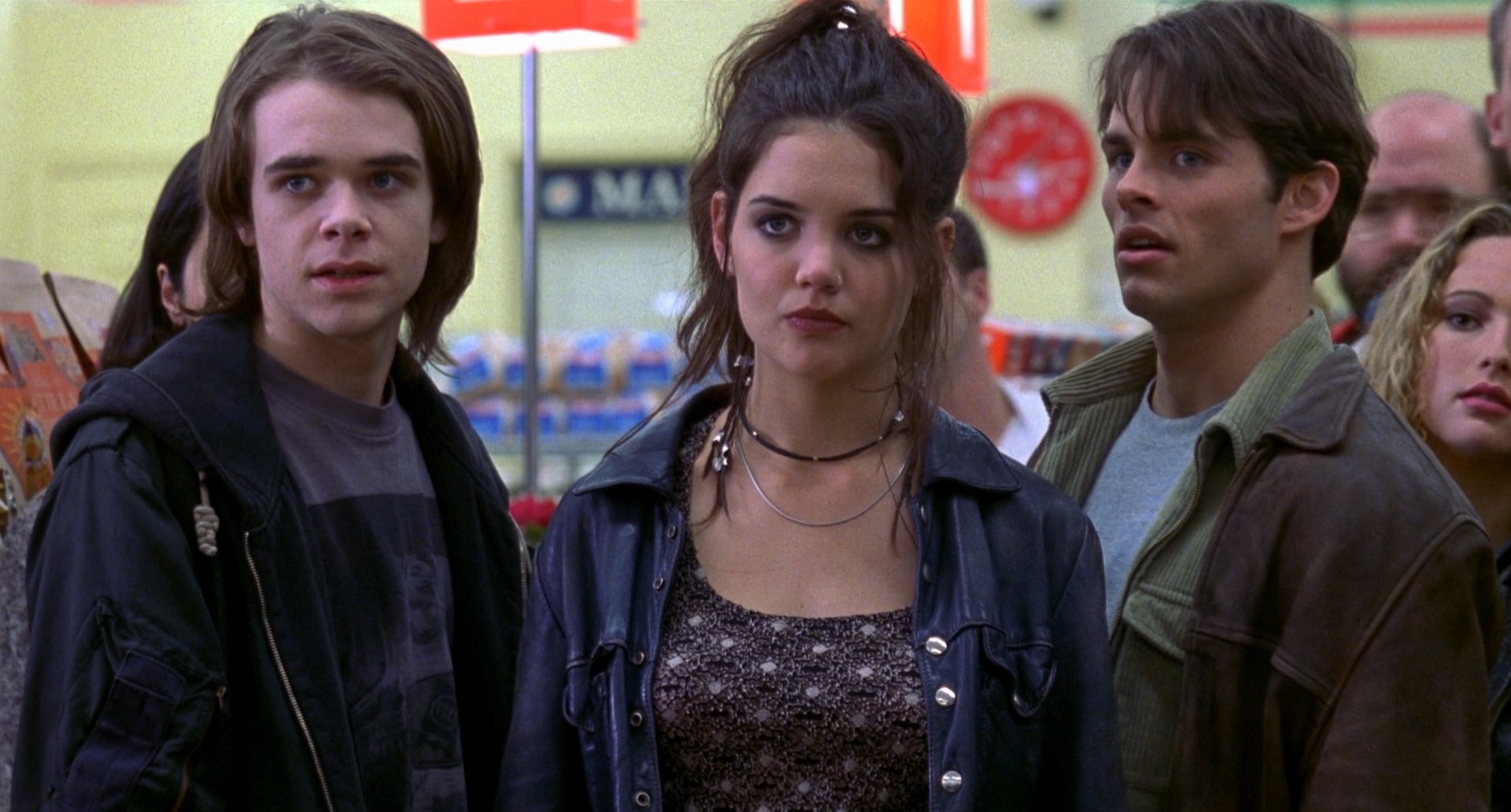
Image: Katie Holmes, James Marsden, and Nick Stahl in Disturbing Behavior.
As it is now known, Disturbing Behavior experienced a brutal hack job prior to its theatrical release (and tanking). Negative remarks during test audience screenings spurred edits, much to the chagrin of Nutter. However, when the first set of changes did not produce a higher score at a subsequent test screening, the frustrated and desperate MGM took over and had the studio’s then vice president of production editing, George Folsey Jr., handle the final revision. What had already been cut down to a 95-minute film was then reduced to a 75-minute (minus credits) shell of Nutter’s vision. The outspoken director blamed much of the film’s failure on MGM’s former president Michael Nathanson along with his reliance on research from the National Research Group (NRG). Nutter thought the requested edits he made himself were valid, yet he found “MGM’s didn’t make sense at all.”
Circling back to the novelization, Disturbing Behavior’s biggest excision involved the protagonist of Steve Clark (Marsden) and his dead older brother, Allen (played by Ethan Embry on screen). This YA-sized book, which runs a tad under 190 pages with a photo section included, does not gloss over the distressing particulars of Allen’s death. Whereas the theatrical cut of the film momentarily mentions the origin of Steve’s dejection as well as the motivation for his perseverance. Test audiences did not like the fuller, tragic backstory of Allen, who died of suicide (along with his girlfriend), so Nutter pared down that narrative element to its most key parts. In doing so, though, Steve lost a fair share of his character arc. Even Rachel’s (Holmes) own vocal aspirations to get out of Cradle Bay, escape poverty, and go to college had been muted in favor of a more streamlined, commercial film.
Nutter told Fangoria back in 1998: “If you build it, they will come.” The “it” the director was referring to, of course, being a smart teen horror film. “You have to respect their intelligence, and they’ll respect you.” Sadly, MGM was on a different page. The studio did not seem too concerned by the watering down of the film’s characters and story, seeing as it just wanted a “Scream-style teen shocker” and for Nutter to get straight to the “fright beats.”
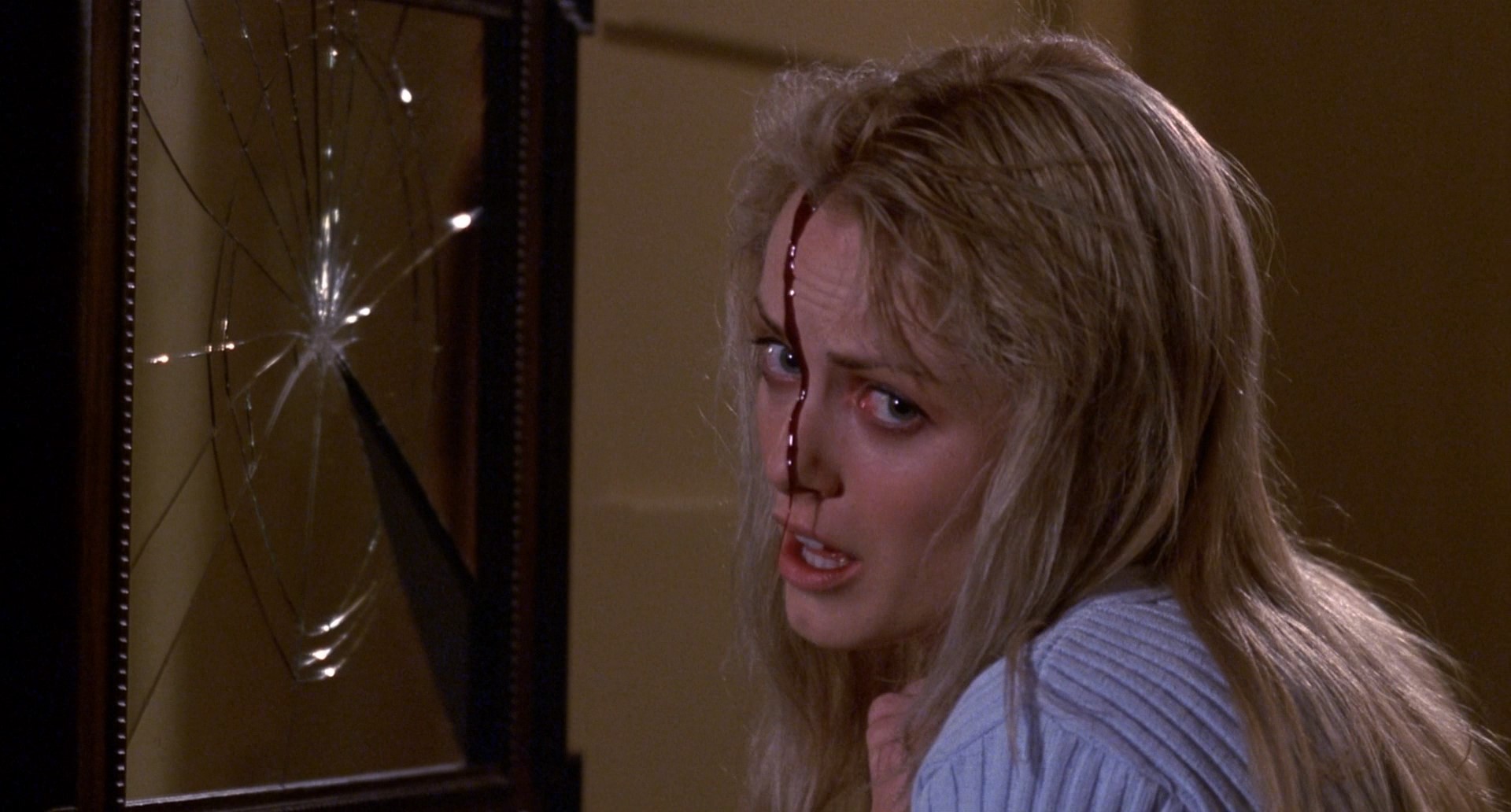
Image: Crystal Cass in Disturbing Behavior.
In the end, Disturbing Behavior comes out looking like an expensive episode of The X-Files. Having been shot in Vancouver and sharing actors and crew only reinforces that opinion. Even so, it remains a fairly attractive and nostalgic piece of late ’90s horror. No amount of overediting can erase that. Marsden, Holmes, and their co-stars, particularly Nick Stahl, also speak the punchy, stylized dialogue with “razor” credibility. And the brainwashed victims steal the show here, with their “hard-on” glitch fits coming across as more menacing and unsettling after being juxtaposed with clean-cut presentations.
There is no mistaking the cautionary tale quality to this film. The concept of a society suppressing people’s individuality is timeless, as is the danger of conforming. Yet as Disturbing Behavior demonstrates with jarring effect, controlling identity and limiting freedom has its adverse consequences. So while the thematic material here is executed in the most unsubtle manner, it still serves as an important lesson for every generation.
Nutter has since described his first major feature as the “worst experience” of his life; back then he was even tempted to remove his name from the project. Nutter’s negative reaction to the studio interference is certainly valid, yet what survived is still rather watchable and entertaining. And supplementing the theatrical cut are unofficial restorations with some deleted footage reinserted. This includes the original conclusion that test audiences disliked — on account of Stahl’s character’s fate — and the whole messy story of Steven’s brother’s death. Nevertheless, cult fans of Disturbing Behavior would still prefer a bona fide director’s cut. One that not only gives the film a better semblance of what Nutter envisioned pre-MGM’s meddling, but also helps redeem it after years of harsh criticism.
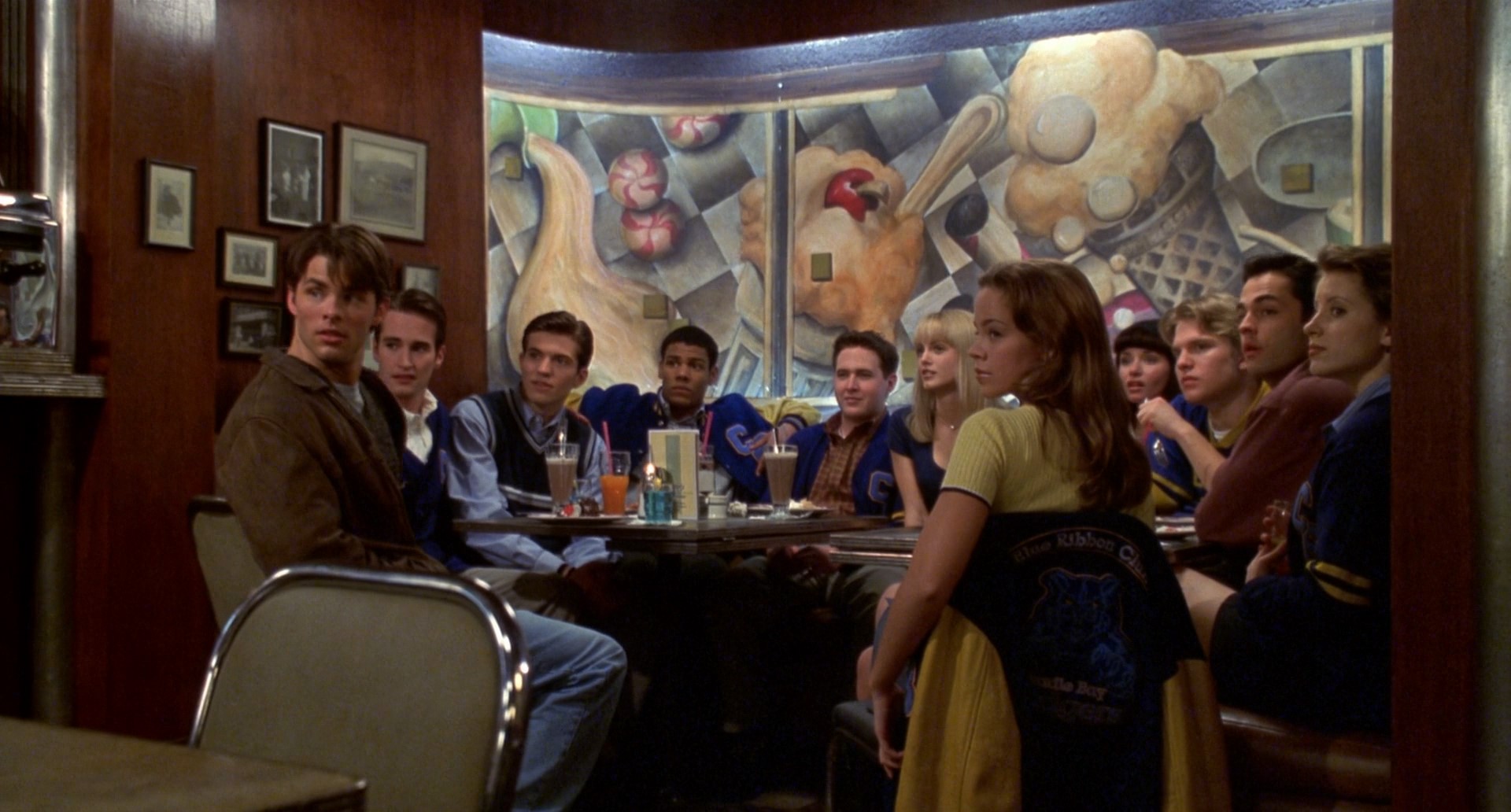
Image: James Marsden’s character Steve with the Blue Ribbons in Disturbing Behavior.
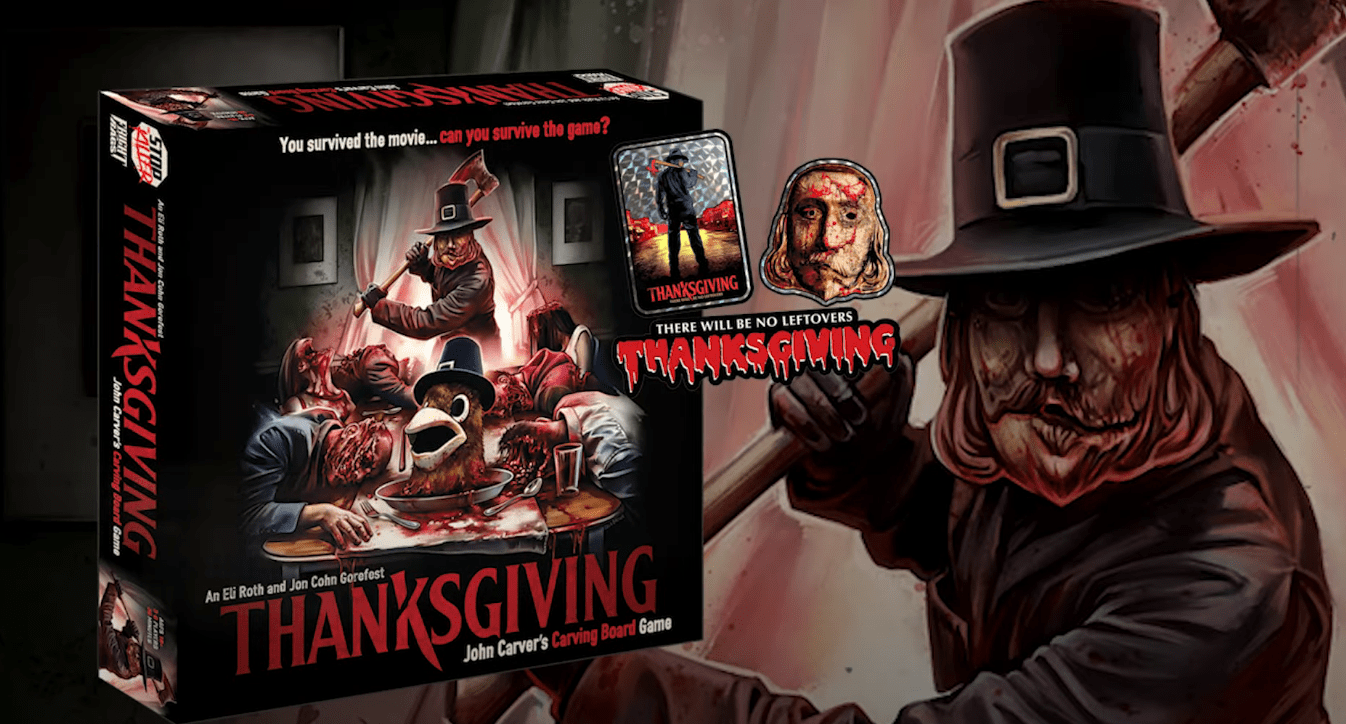

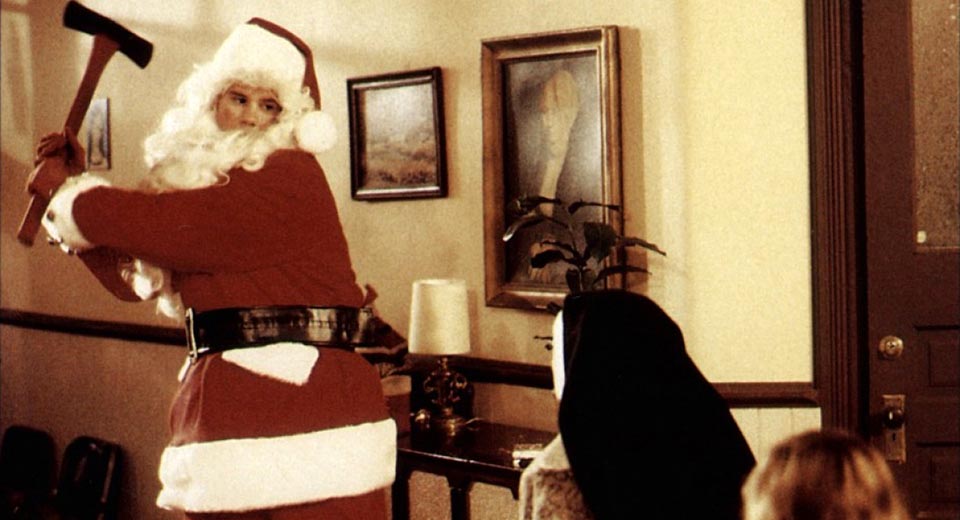
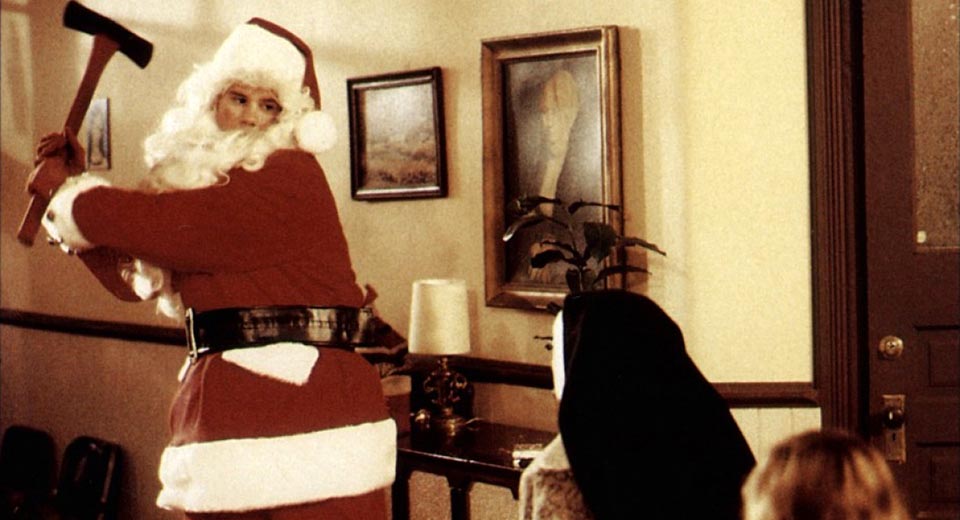




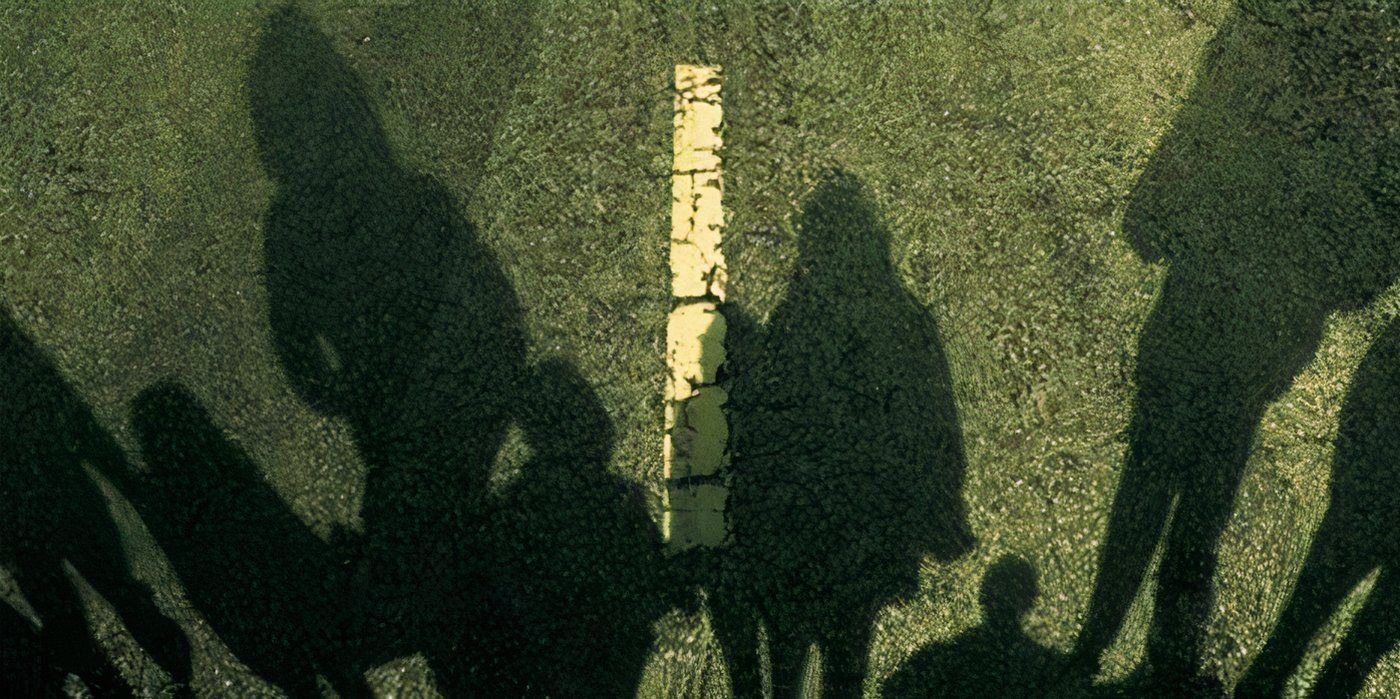



You must be logged in to post a comment.